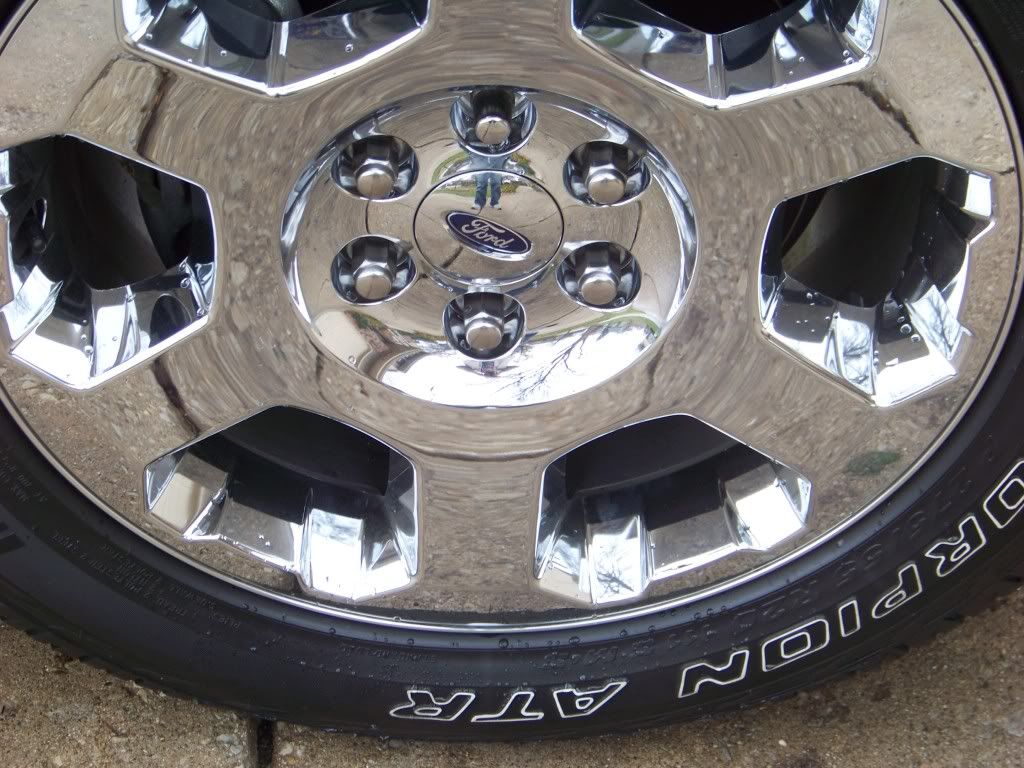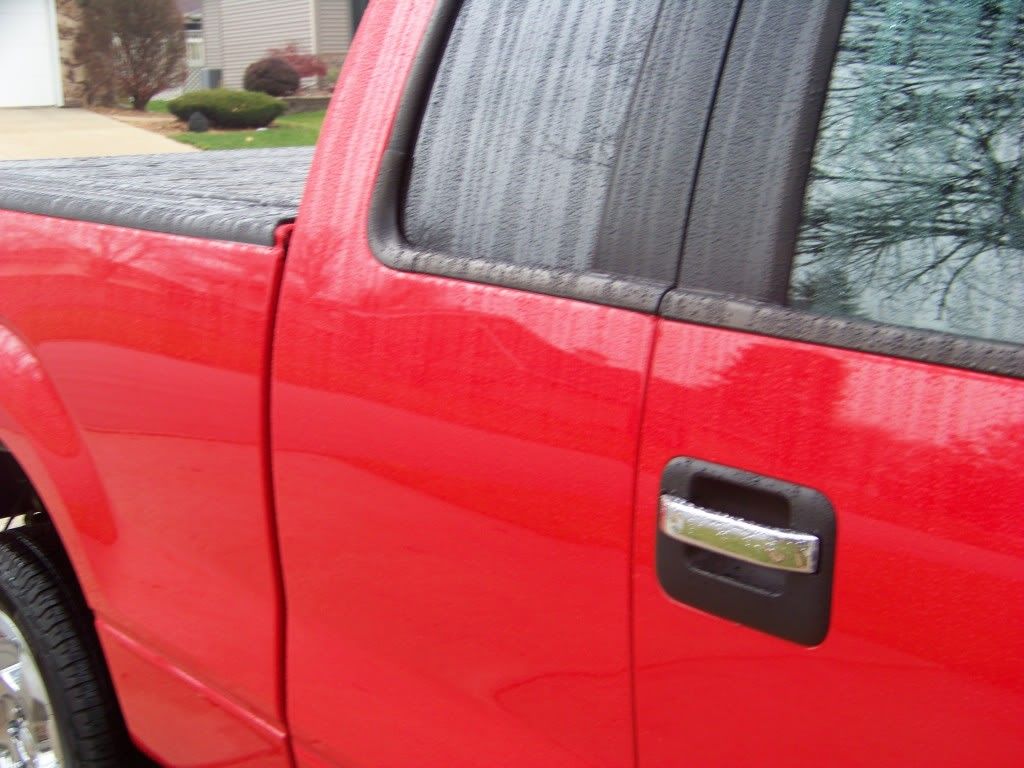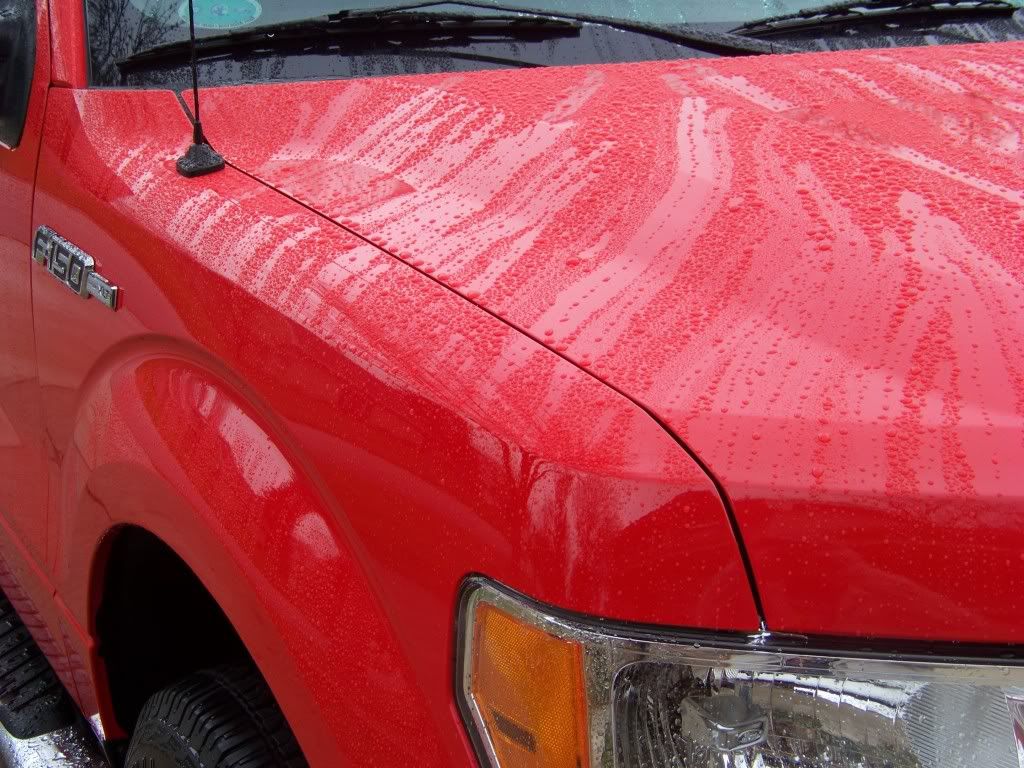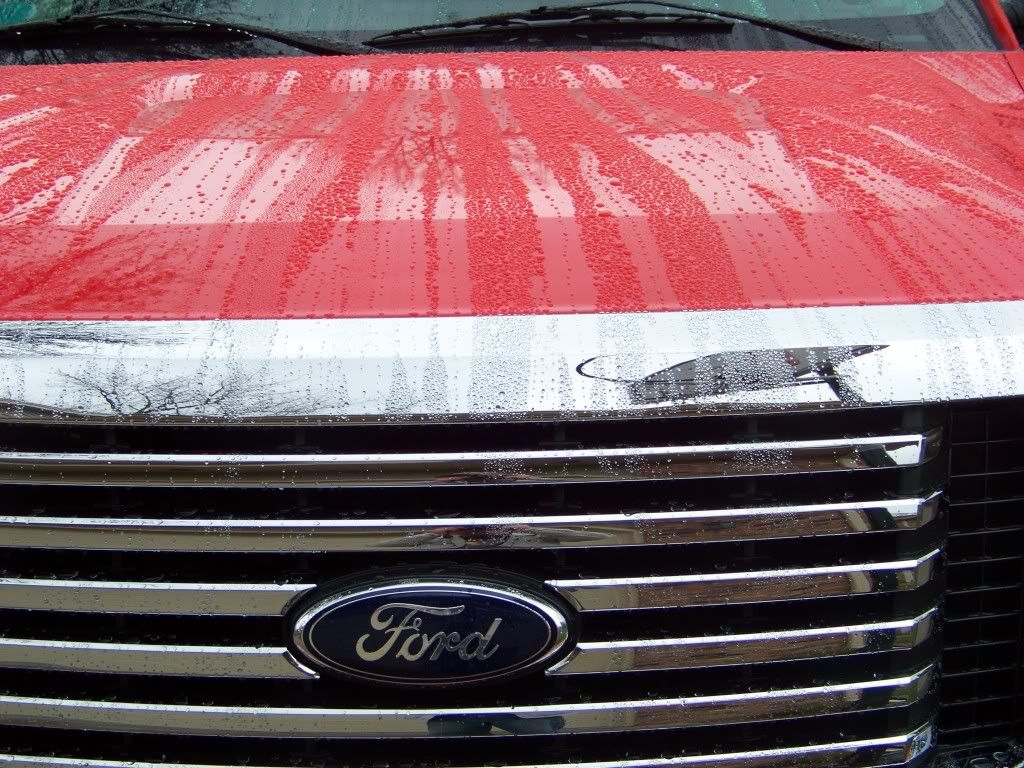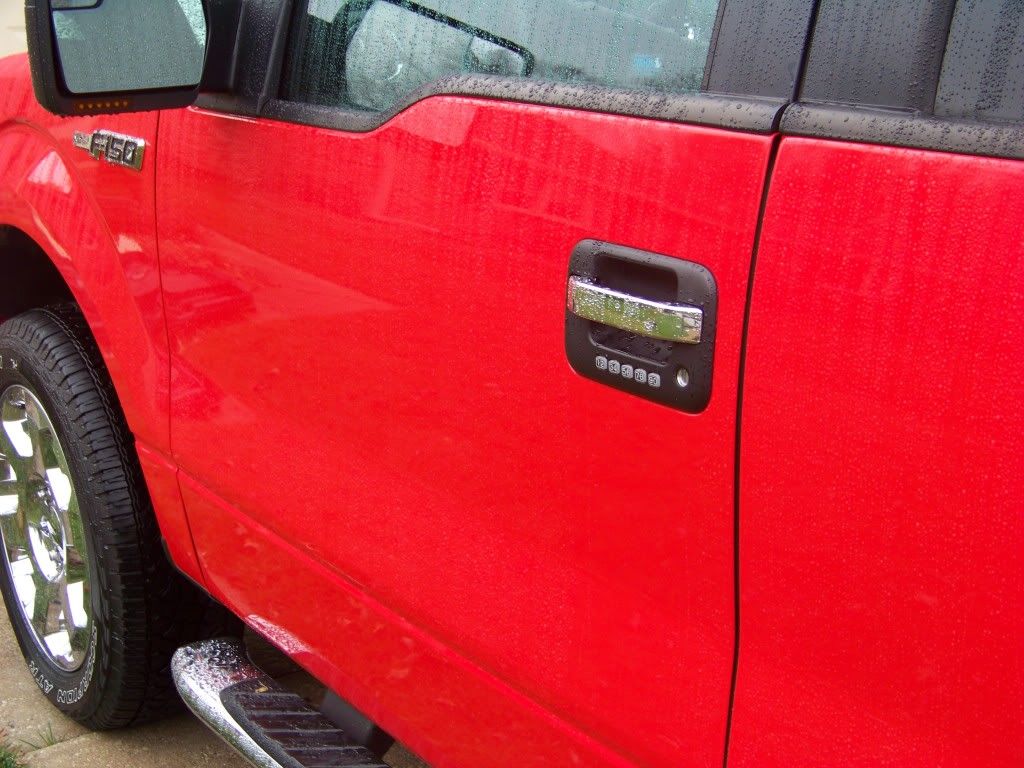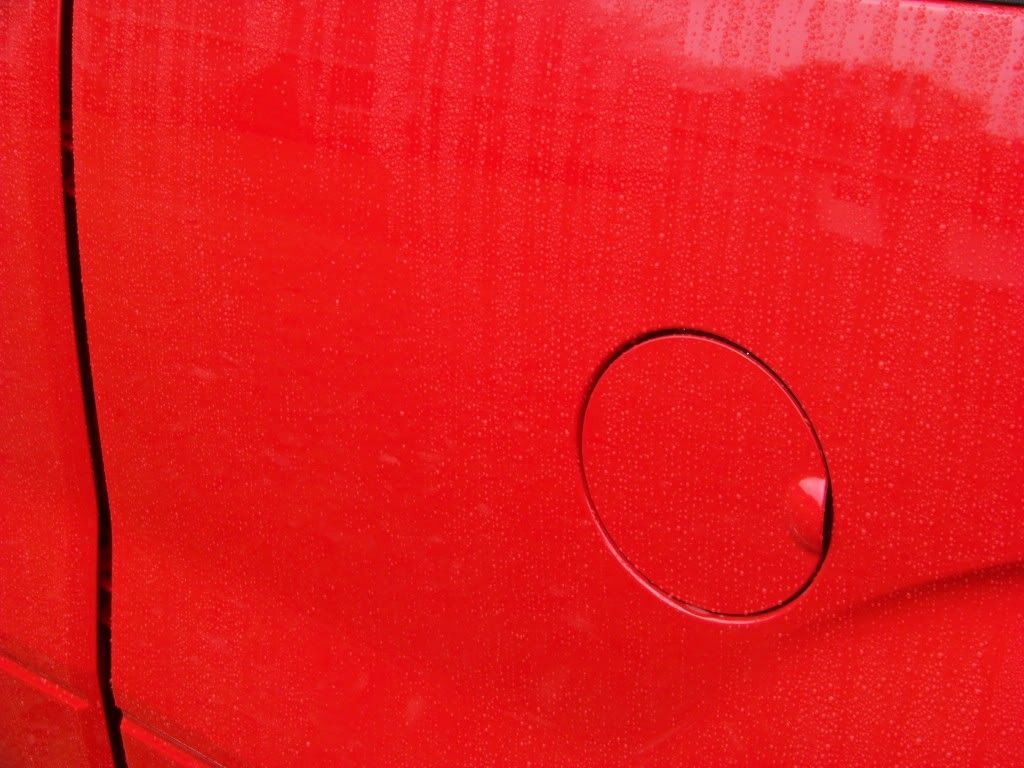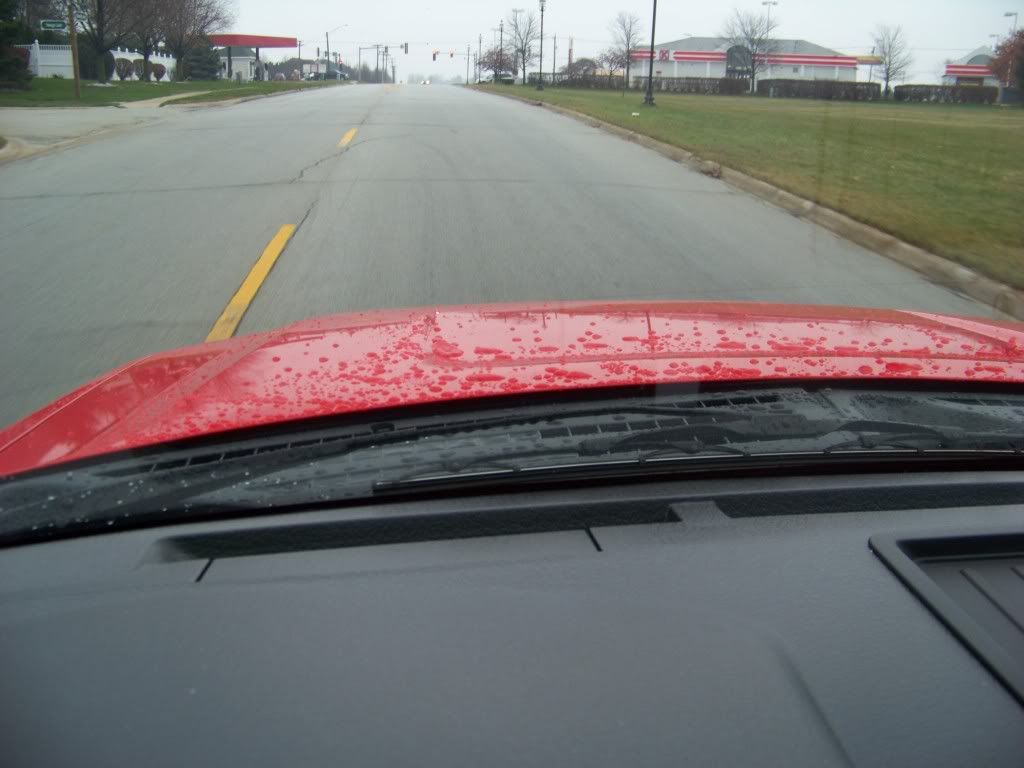Examples of synthetic paint protection technologies:
PTFE is a synthetic wax originating from the UK. The main component is PTFE. Average coating thickness is .02 um and durability is usually 4-5 months.
GlassPlexin is a synthetic wax originating from USA. The main component is GlassPlexin. The average coating thickness is .02 um and durability is usually 6-12 months.
Nano Pro is a glass coating originating from Germany. The main component is SiO2. The average coating thickness is .02-1 um and the durability is around 12-18 months.
Ceramic Quartz is a glass coating originating from Japan. The main component is SiO2. The average coating thickness is .5-1.5 um and the durability is around 12-18 months.
Opti Coat Pro is a ceramic clear coat originating from USA. The main component is SiC. The average coating thickness is 1-2 um and the durability is unlimited.
All of these technologies improve gloss, scratch resistance, and chemical resistance...but the combination of our resin and bonding process will yield a result in which the attributes will not fall away or weaken over time or with exposure. Opti-Coat has better chemical resistance, scratch & mar resistance, and release properties than any automotive paint coating in use. It provides permanent protection for all modern factory paints and can also be used to protect metal and hard plastic surfaces.
OPTI COAT PRO
A single layer of Optimum Clear Coating measures approximately 2 microns in thickness. When compared to other paint protection products, Opti-Coat is more than 100 times thicker, with tests showing a wax coating measuring less than 0.02 microns.
This allows Opti-Coat to effectively absorb damage that would otherwise affect the factory paint layers. Swirl marks and light scratches are not only decreased by the harder Optimum Ceramic Coating, the factory paint is protected and preserved.
Opti-Coat is completely resistant to acidic environmental substances such as bird droppings. Unlike your factory clear coating that can be permanently damaged, Opti-Coat will not etch or dissolve when in contact with these substances, and a clean, glossy clear coating is maintained.
We are so confident of our statements, that we recently announced at SEMA 2012 we will be offering a optional lifetime warranty along with OptiCoat Pro installations on new vehicles when applied by our authorized installers. Used vehicles may also partake of a warranty, but it wil be limited to 5 years coverage simply because of the unknown exposures/processes the car may have endured.
While any amount of OptiCoat will give the same attributes, we recommend using about 10 cc per medium sized car so that the appropriate thickness will be achieved. If applied appropriately, you would be able to do some light polishing in the future as needed without compromising the coating.
My statement regarding the coating thickness of 2 micron is based on spray application of the coating and using a paint thickness gauge on more than one occasion in our private testing. Any installer can verify the thickness of his application with a PTG to verify what his application yields. Wiping on and other variables may reduce "some" thickness, but 1-2 um should be the average.
OPTI COAT Compared
When comparing Opti Coat Ceramic Coating to glass coatings regarding durability, bonding is the key. OptiCoat (SiC) forms permanent carbon-oxygen bonds and are not broken with caustic or inorganic acids. On the ther hand, SiO forms weak hydrogen bonds which are reversible and break with exposure to caustic solutions. That is why OptiCoat is not affected by detergents or degreasers. Besides polishing, the only way OptiCoat is removed is by using paint removers. So basically, anything that removes aliphatic urethanes or other OEM clear coats, can remove opti-coat. In the past four years after tens of thousands of Opti-Coat applications, the handful of cases where Opti-Coat did not bond properly was shown to be due to having residual waxes or polishing oils on the surface. So like I have stated, OptiCoat is a "coating", like paint is a coating...not merely covering the surface, but becoming the surface. Our most recent independant test on hardness and chemical exposure for our Austrailian distributor can be read here.
SiO bonds, on the other hand, will most likely be diminished or removed with strong detergents, caustic solutions, or degreasers. Whether this happens over time or with exposure is irrelevant. Any product that requires reapplication over time or needs a booster/topper can not be considered permanent. As we stated earlier, Opti-Coat Pro now carries an available life-time warranty for those getting it professionally applied through our program and the only thing that voids the warranty is using abrasive products e.g. polishing!
I have been told that I should not lump all nano sealants together, but I don't see the harm in calling them nano sealants or extended life sealants instead of "coatings". Especially when comparing the main components of SiO based products with our SiC based product. There are many different nano sealants and while there can be quite a large variation in the chemistries of these sealants, the bonding mechanisms are very similar and limited by the same attributes.
THICKNESS & Our Consumer Version
So...with all that said. While a second coat may be necessary for a glass coating typically measureing .02+ um, it is not necessary with Opti Coat. Some are certainly applying too little, rubbing too much (wipe it on, not rub/work it in), or not prepping the surface for it properly. It is a lot to ask of a consumer to become familiar with paint prep to the point that you would to apply paint, but the demand for a consumer version was very high so that's where Opti Coat 2.0 came from. We took Opti Coat Pro and made a less concentrated verision that allows more time to even out appication and because it dries slower, more time to correct with less aggresive approaches. Because it is less concentrated, of course the film build will be less...but that will only matter if you intend to polish the car frequently since that's the only way to remove it.
NOT JUST FOR COOL BEADING
From the beginning, we've polished and over polished paint until it's so thin a repaint is required. With Opti Coat Pro and Opti Coat 2.0 you can actually add back tangible thickness. For example, a new car coated will have 1-2 um of coating to go thru before actual OEM paint will ever be damaged. Both coatings will not etch from envoronmental exposure, even if they do stain or aquire swirls. So when the time comes that the coating needs to be polished (much longer interval than OEM), you will only be removing the coating...and can replace it while never cutting into your OEM paint.
CLIFFS NOTES:
How much OC 2.0 / OG should we be using per vehicle?
We recommend 8-10cc for a medium sized 4 door sedan (paint only). This ensures even application and an adequate layer. 2.0 having a thinner layer compared to Pro is irrelevant to environmental and chemical exposure since the hardness and nonporous surface will yield identical results. A thicker layer would allow for some polishing if needed. The benefits of Pro are faster cure time so that it can take exposure faster, thicker coating, and warranty.
I remember when OCv1 first came out and everyone was worried that the tube wasn’t enough to do everything and that you would run out. I have read where many are using less and less to coat a standard car. Even down to 3cc. To me this seems like very little. When they paint a car with clear coat I am sure they use much more than that to create the film build required. So assuming that at least part of OC 2.0 / OG is simply carrier for the coating I would guess that we would need to use much more to create the best and most durable film build possible. My thinking is the thicker the film build the more durable it will be. So based on that I would guess that Optimum would / should come out with at least a general suggestion of how much to use. Say 10cc per average 4 door car.
Most other “coatings / long life sealants” suggest at least 2 coats which in turn is creating a thicker and more durable film build. So if they are suggesting and telling you to get the most film build possible with their products why don’t we do the same thing with OC 2.0 / OG?
Because they are not the same technology. Opti Coat is permenant like paint. It actually becomes the topcoat.
Related to Opti Coat: with Opti Coat thicker only means it can take more abuse from abrasives. An even film, no matter what the thickness will have all the attributes...indefinitly. Opti Coat will not wear away over time...only with abrasion.
Related to glass coating (in general): due to the nature of their bond with the paint and the average thickness, more coating WILL improve durability for these type of products and that is why manufaturers recommend two or more layers. But even still, a double layer (.02 um x 2) is only a fraction of the thickness of Opti Coat Pro or Opti Coat 2.0...so even if they were the same technology you'd use less and be done faster.
So my question is why are we not using more OC 2.0 / OG per application to give ourselves the best durability and coating possible?
3 cc is just not enough, but 20cc would be a waste. The thing to wrap your head around is that Opti Coat is not a wax, sealant, or extended life sealant. Most of the confusion about application, durability, and care is because we try to compare it to other paint protection instead of just learning how to use it without preconceived ideas. More is not always better with this technology. It is Silicon Carbide permanently bonded with your factory clear. Look up Silicon Carbide to see what you think about how "durable" it is. This is the material sythetic diamonds are made of people! Almost as hard as a diamond, but more heat resistant. Completely clear and very reflective in our compound.
I know and realize it will cost more if you use more per vehicle, but would it not be better to do so then to risk it not lasting 4+ years? With the new warranty program I am thinking and guessing that this will be even more important than currently.[
Any cost of goods should be absorbed by a price increase to the customer, but make sure they are necessary. I really think most of you are underselling this stuff. As for consumer use, $30 for the "real" protection from the elements and time saved in routine wax applications is a steal. Again, you shouldn't compare cost of Opti Coat to cost of wax/sealant because it gives much more protection from acids and such that conventional products can offer at any price/thickness. 10cc of either coating will be plenty for the paint, if you finish with only 6cc on a medium car, just go over areas like the front, roof, or lower panels that may need polishing later a second time.
The warranty program is only available for Opti Coat Pro in 10cc warranty packs applied by authorized installers. The complete 10cc is to be used on paint.

